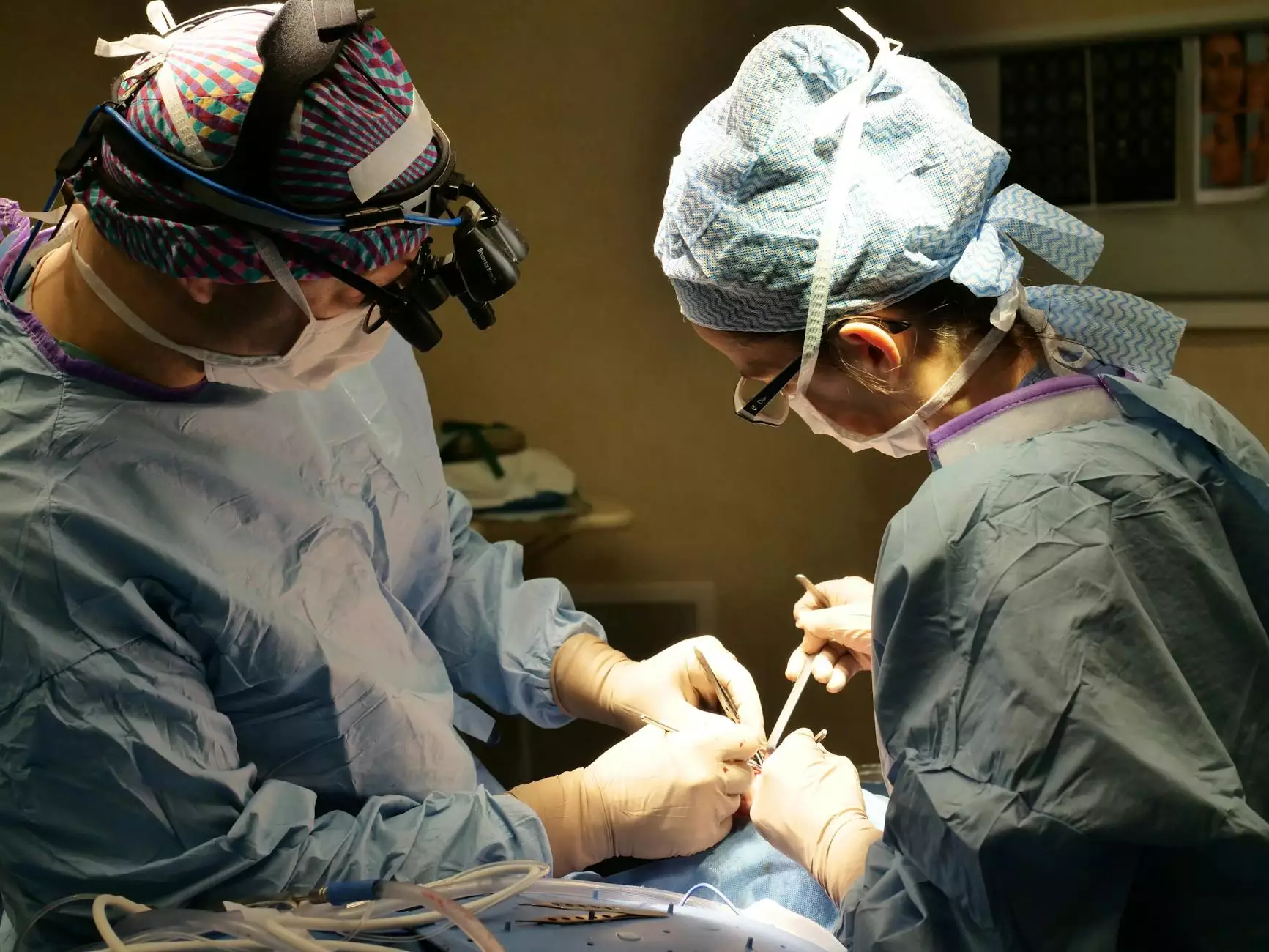The Comprehensive Guide to Hair Transplant Solutions

In today's world, hair loss is a common concern that affects millions of individuals, regardless of age or gender. With high stress levels, environmental factors, and hereditary factors contributing to the prevalence of hair loss, solutions like hair transplant have gained immense popularity. This detailed guide explores everything you need to know about hair transplants, from the procedures to the benefits, helping you understand why they could be the right choice for you.
The Importance of Hair Transplant Procedures
Understanding why people consider hair transplant options begins with recognizing the significant emotional and psychological impacts of hair loss. A full head of hair is often associated with youth and vitality, while thinning or balding may lead to diminished self-esteem and confidence.
- Boosts Confidence: A successful hair transplant can drastically improve your self-image.
- Natural Appearance: Modern techniques provide natural-looking results that blend seamlessly with existing hair.
- Long-Lasting Results: Once transplanted, hair typically lasts a lifetime if maintained properly.
- Minimal Downtime: Many procedures require little recovery time, allowing individuals to return to their daily activities quickly.
What Are The Different Types of Hair Transplant Techniques?
Several methods exist for performing a hair transplant, each with its unique approach and benefits. The two most common techniques are:
1. Follicular Unit Extraction (FUE)
FUE is a minimally invasive procedure where individual hair follicles are extracted from the donor area (usually the back or sides of the head) and implanted into the areas suffering from hair loss. Some key points about FUE include:
- Less postoperative discomfort compared to other methods.
- No linear scars, making it ideal for those who prefer short hairstyles.
- Quick recovery time, often leading to minimal downtime.
2. Follicular Unit Transplantation (FUT)
FUT, also known as the strip method, involves removing a strip of scalp from the donor area and dissecting it into individual follicular units. This technique can provide a larger number of grafts in a single session:
- Effective for those needing larger hair quantities.
- Can create thicker coverage in balding areas.
- May leave a linear scar, though it's often hidden by surrounding hair.
Choosing the Right Surgeon for Your Hair Transplant
The success of your hair transplant largely depends on the expertise of the surgeon performing the procedure. When selecting a surgeon, consider the following:
- Experience: Look for surgeons who specialize in hair restoration with a proven track record.
- Credentials: Ensure they are board-certified and have specialized training in hair transplant techniques.
- Patient Reviews: Read testimonials and before-and-after photos to gauge the quality of their work.
- Consultation: Opt for a thorough consultation where the surgeon discusses your goals and expectations.
How to Prepare for a Hair Transplant
Preparation for a hair transplant involves several important steps to ensure optimal results:
- Research: Understand the procedure types and choose the one that's best for you.
- Consultation: Discuss medical history and expectations with your surgeon.
- Avoid Medications: Some medications (like blood thinners) may need to be avoided before the procedure.
- Diet and Hydration: Maintain proper nutrition and hydration leading up to the day of your surgery.
Post-Procedure Care and Recovery
After your hair transplant, proper care and adherence to recovery protocols are essential for the best outcome:
- Avoid touching the treated area: This helps prevent infection and minimizes trauma to the newly transplanted follicles.
- Follow medications and cleaning instructions: These may include antibiotic ointment to promote healing.
- Stay out of the sun: Protect your scalp from sun exposure while healing.
- Attend follow-up appointments: Regular check-ups with your surgeon ensure that recovery is proceeding smoothly.
The Long-Term Benefits of Hair Transplants
An investment in a hair transplant can yield significant long-term benefits:
- Permanent Solution: Unlike temporary solutions such as wigs or hairpieces, transplants provide a sustainable and permanent solution to hair loss.
- Low Maintenance: Transplanted hair can be treated like natural hair without any special products.
- Improved Quality of Life: The psychological benefits of improved appearance can lead to greater confidence and engagement in social activities.
Conclusion
In summary, a hair transplant is more than just a cosmetic procedure; it represents a transformative journey towards enhanced self-esteem and personal satisfaction. By choosing the right surgeon, understanding the procedures available, and committing to post-operative care, you can ensure that your investment brings you the results you desire.
To explore your options for hair restoration and learn more about how Clinichealthbeauty.com can help, don’t hesitate to reach out for a consultation.









